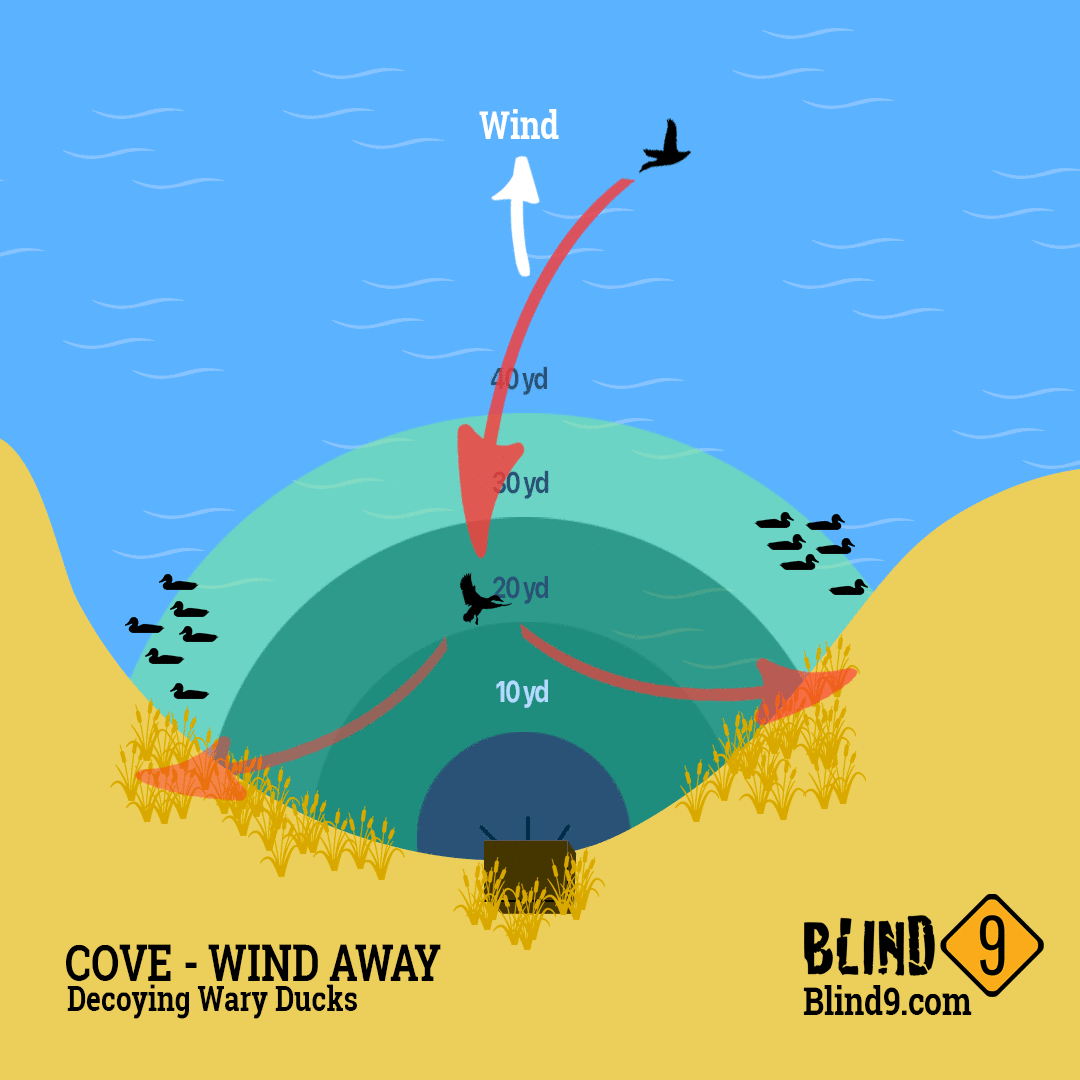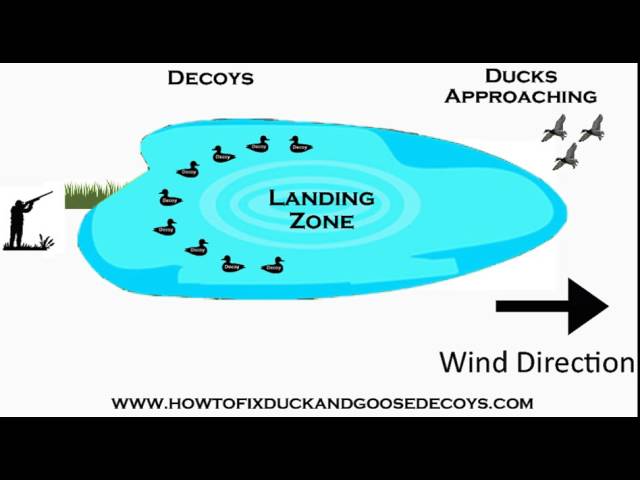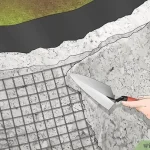Welcome to our guide on setting up duck decoys on a pond! Duck decoys are essential tools for attracting ducks to your hunting area. Properly setting up decoys can significantly increase your chances of a successful hunt. In this article, we will provide you with step-by-step instructions on how to set up duck decoys effectively on a pond.
Step 1: Choose the Right Decoys
When setting up decoys on a pond, it is crucial to select the right types of decoys. Look for realistic decoys that mimic the species of ducks you are targeting. Mallard decoys are a popular choice, but depending on the ducks in your area, you may need different species of decoys. Consider using a variety of decoys to create a more natural-looking spread.
Step 2: Determine Decoy Placement
Before placing your decoys, it is essential to determine the ideal placement for them. Ducks are attracted to calm water areas with easy access to food, so consider setting up your decoys in shallow areas of the pond where ducks are likely to land. Create a natural-looking spread by spacing out the decoys and arranging them in small groups.
Step 3: Use Decoy Anchors
To keep your decoys in place and prevent them from drifting away, use decoy anchors. Decoy anchors are weights that attach to the decoys and keep them from floating away in the water. Place the anchors on the decoy keels and adjust them to the appropriate depth to ensure the decoys stay in place even in windy conditions.
Step 4: Create a Realistic Spread
When setting up your decoys, create a realistic spread that mimics the natural behavior of ducks. Place the decoys in small groups with some facing different directions to simulate a flock of ducks resting and feeding on the water. Consider adding a motion decoy, such as a spinning wing decoy, to create movement and attract more ducks to your spread.

Credit: blind9.com
Step 5: Adjust Decoy Placement
After setting up your decoys, observe how the ducks in the area respond. If you notice that ducks are not landing near your spread, consider adjusting the placement of the decoys. Move some decoys closer together or farther apart, change their facing directions, or add more decoys to make your spread more appealing to passing ducks.

Credit: www.youtube.com
Step 6: Conceal Your Location
While setting up your decoys, make sure to conceal your location to avoid spooking the ducks. Use natural vegetation, such as cattails or tall grass, to create a blind around your hunting area. Stay still and quiet while waiting for the ducks to approach to prevent scaring them away.
Step 7: Be Patient and Observant
Successful duck hunting requires patience and observation. Once you have set up your decoys, be patient and wait for the ducks to come to your spread. Pay attention to how the ducks react to your decoys and adjust your setup accordingly. Remember that hunting is a waiting game, so be prepared to spend some time in the blind before getting a shot.
Step 8: Practice Ethical Hunting
When hunting ducks, always practice ethical hunting practices. Be sure to follow all hunting regulations and only take shots within your effective shooting range. Respect the environment and wildlife by picking up your spent shells and other trash after your hunt. Hunting is a privilege, so make sure to uphold the highest ethical standards while in the field.
Conclusion
Setting up duck decoys on a pond is a crucial aspect of successful duck hunting. By following the steps outlined in this guide, you can effectively set up your decoys to attract ducks to your hunting area. Remember to choose the right decoys, create a realistic spread, and be patient and observant while waiting for the ducks to approach. By practicing ethical hunting and respecting the environment, you can enjoy a rewarding and successful duck hunting experience.




